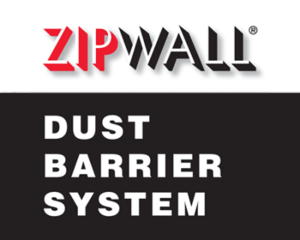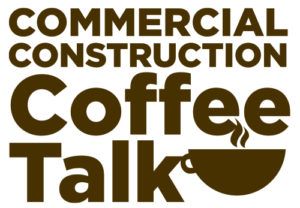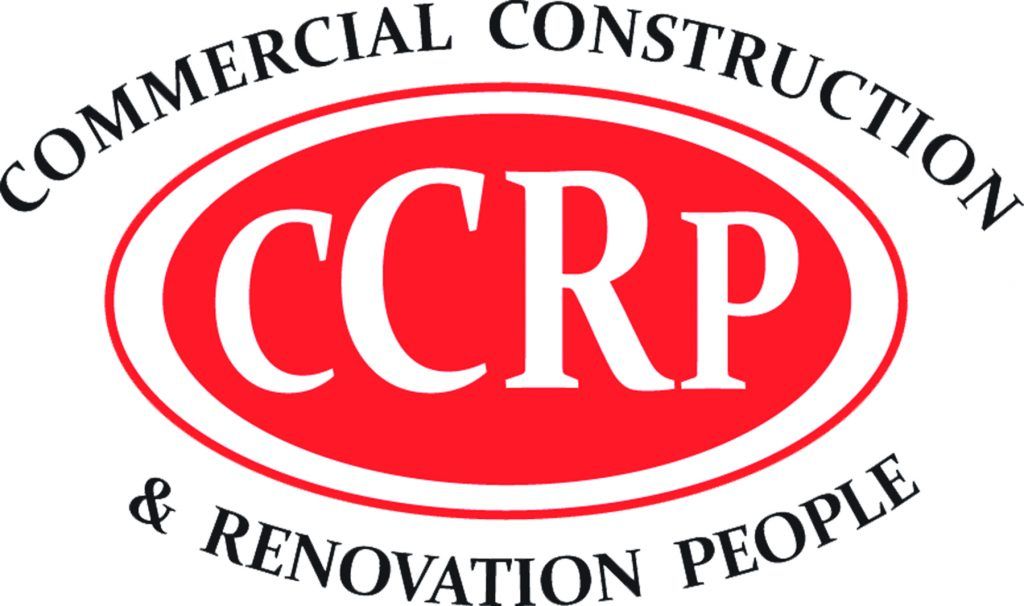Construction sites generate significant amounts of waste, ranging from concrete debris to packaging materials. Effective waste management is essential for maintaining a safe and efficient work environment, complying with regulations, and minimizing environmental impact.
This article highlights practical strategies for managing construction site waste, including the use of dumpster rentals, roll-off services, and sustainable disposal methods. For tailored solutions, companies like Hiep Sanitation provide reliable services to streamline debris removal and enhance site organization.
Understanding the Challenges of Construction Waste
Construction sites face unique challenges in managing the diverse types of waste they produce.
Common Types of Construction Debris
- Concrete and Masonry:
- Includes bricks, concrete slabs, and tiles from demolition and building processes.
- Wood and Lumber:
- Scrap wood, pallets, and framing materials make up a significant portion of construction waste.
- Metal Scraps:
- Steel, aluminum, and copper are common byproducts of construction and renovation.
- Packaging Materials:
- Cardboard, plastic wrap, and foam often accompany deliveries of building supplies.
- Hazardous Materials:
- Paints, adhesives, and treated wood require special handling and disposal.
Key Strategies for Effective Waste Management
Implementing a comprehensive waste management plan ensures construction sites remain safe, organized, and compliant with regulations.
1. Develop a Waste Management Plan
A well-structured plan outlines how waste will be handled throughout the project.
- Assess Waste Types: Identify the materials that will be generated and their quantities.
- Set Objectives: Define goals for recycling, reuse, and proper disposal.
- Assign Responsibilities: Designate team members to oversee waste management tasks.
2. Use Dumpster Rentals and Roll-Off Services
Renting a dumpster or roll-off container simplifies waste collection and disposal.
- Centralized Collection: Keep debris contained in one location for easy removal.
- Size Flexibility: Choose containers sized appropriately for the project’s scope.
- Scheduled Pickups: Ensure timely removal of waste to prevent buildup.
Best Practices for On-Site Waste Management
1. Separate Materials at the Source
Sorting materials as they are discarded facilitates recycling and ensures compliance with disposal regulations.
- Designate Bins: Use labeled containers for specific materials like wood, metal, and concrete.
- Provide Training: Educate workers on proper sorting practices to minimize contamination.
2. Optimize Space Usage
Efficiently loading dumpsters or roll-off containers maximizes their capacity and reduces costs.
- Flatten Packaging Materials: Break down boxes and compress foam to save space.
- Stack Materials: Arrange items neatly to minimize wasted space within the container.
Recycling Construction Waste
Recycling construction debris reduces environmental impact and can often lower disposal costs.
Materials Commonly Recycled
- Concrete and Asphalt:
- Crushed and reused as aggregate for new construction projects.
- Metal Scraps:
- Recycled into new products, conserving resources and energy.
- Wood:
- Repurposed for landscaping or converted into mulch.
- Plastics and Cardboard:
- Reprocessed into packaging materials or new construction supplies.
Benefits of Recycling
- Environmental Conservation: Reduces landfill use and resource extraction.
- Cost Savings: Avoids landfill fees and recovers value from recyclable materials.
Ensuring Compliance with Regulations
Construction waste management must adhere to local and federal regulations to avoid fines and project delays.
Key Compliance Tips
- Understand Local Rules:
- Research municipal requirements for construction debris disposal.
- Obtain Necessary Permits:
- Ensure permits are secured for on-site dumpsters or roll-off containers.
- Maintain Documentation:
- Keep records of waste disposal methods, including recycling receipts and disposal logs.
Sustainable Waste Management Practices
Incorporating sustainability into waste management practices benefits both the environment and the project’s bottom line.
Eco-Friendly Strategies
- Reuse Materials:
- Salvage usable materials like bricks, fixtures, and lumber for future projects.
- Compost Organic Waste:
- Compost materials like untreated wood and yard debris for landscaping.
- Use Sustainable Products:
- Opt for materials with recycled content or eco-friendly certifications.
The Role of Professional Waste Management Services
Partnering with a professional waste management company simplifies the complexities of construction debris removal.
Advantages of Professional Services
- Expertise:
- Professionals assess your site’s waste management needs and recommend efficient solutions.
- Convenience:
- Scheduled dumpster deliveries and pickups save time and reduce labor.
- Regulatory Compliance:
- Service providers ensure all disposal methods meet local and federal guidelines.
Hiep Sanitation specializes in providing construction debris removal services tailored to the unique demands of each project.
Benefits of Streamlined Waste Management
Effective construction site waste management has benefits that extend beyond clean surroundings.
Enhanced Safety
- Reduces hazards like tripping over debris or exposure to hazardous materials.
Improved Productivity
- Organized sites allow workers to focus on tasks without navigating cluttered areas.
Positive Environmental Impact
- Recycling and proper disposal contribute to sustainable building practices.
Conclusion
Managing construction site waste efficiently is essential for project success, worker safety, and environmental responsibility. By implementing a structured waste management plan, leveraging dumpster rentals and roll-off services, and adopting sustainable practices, construction teams can achieve their goals with minimal disruption.
For professional assistance, companies like Hiep Sanitation offer reliable solutions for construction debris removal, making it easier to keep projects on track while maintaining compliance with regulations. A clean, well-organized site is the foundation of any successful construction endeavor.





























